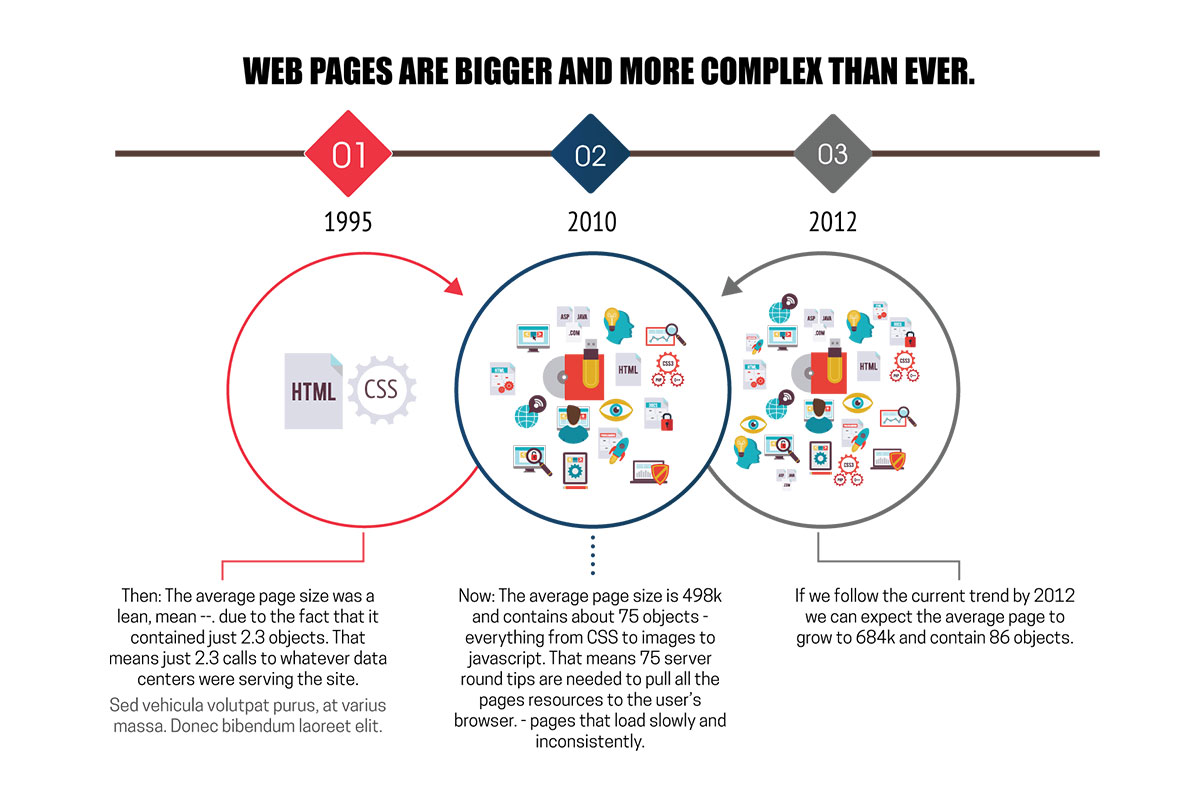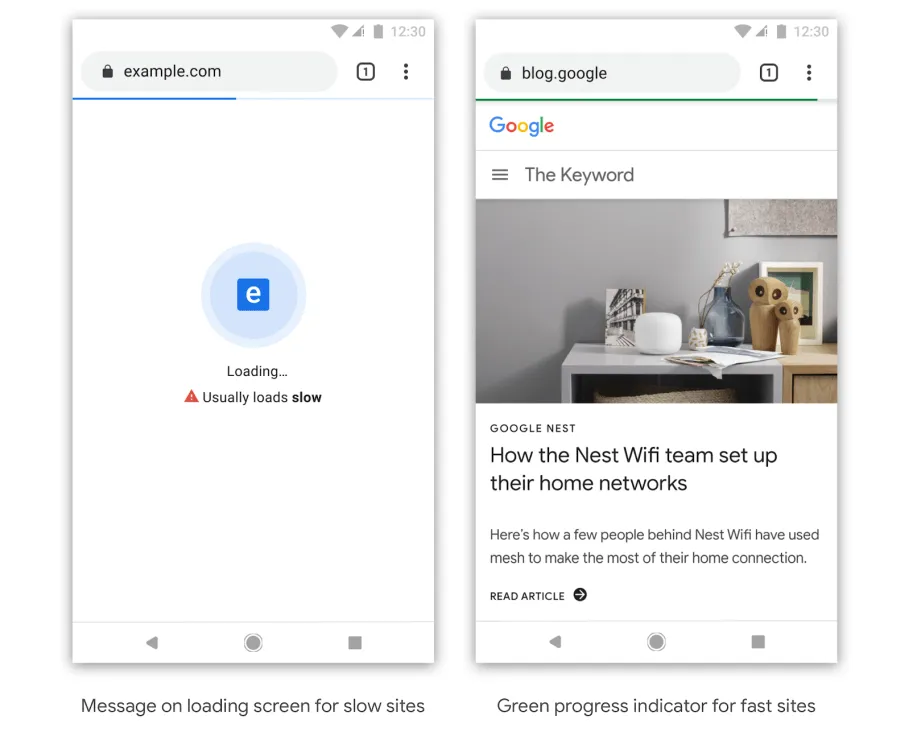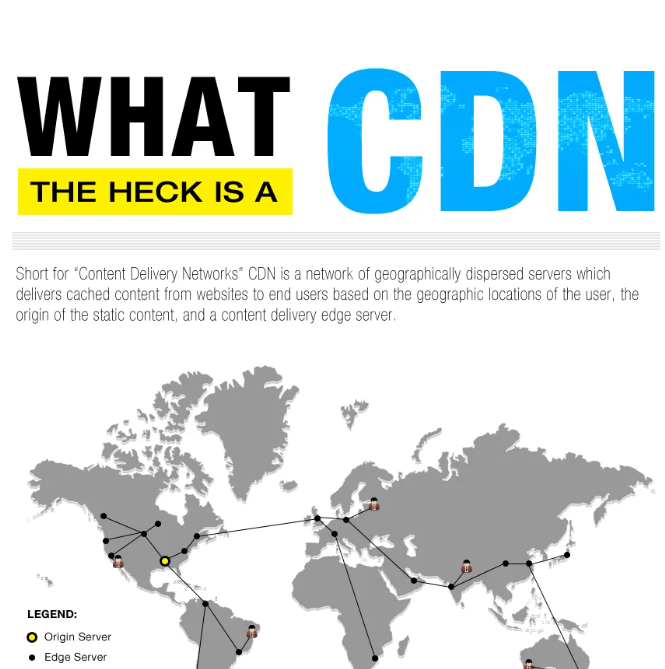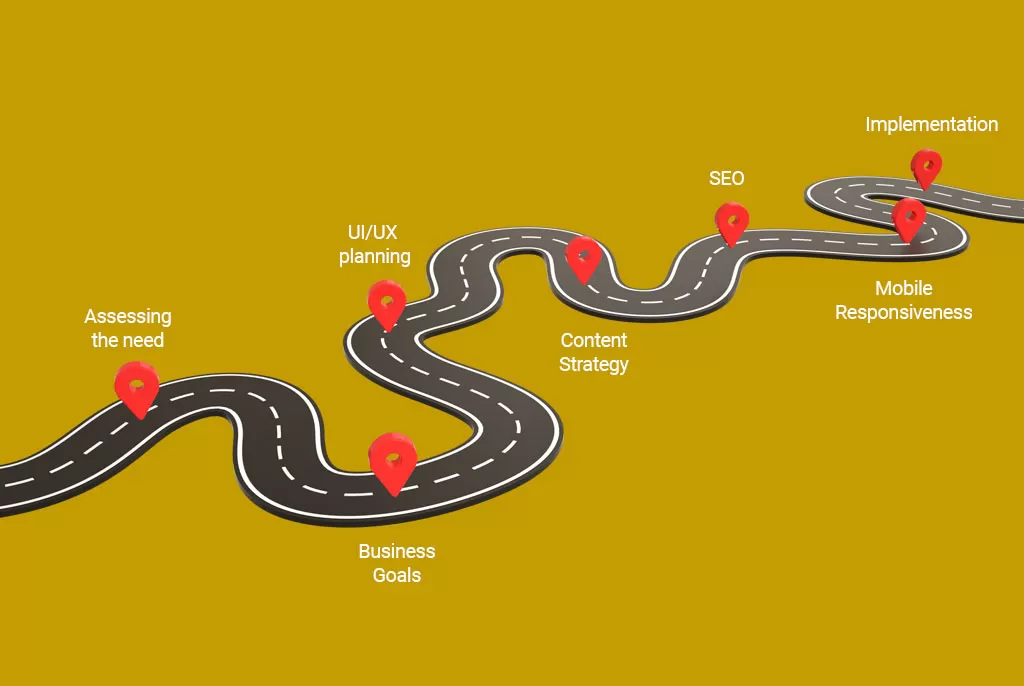- Website Loading Time: Don't Let Patience Run Out
- Unresponsive Site Design (Keeping Users on All Devices Engaged)
- Bad Navigation: Guiding Visitors Through the Maze
- Lack of Engaging Content: Keeping Visitors Interested
- Too Many Ads: Balancing Revenue and User Experience
- Complex Registration: Simplifying User Onboarding
- Unmet Expectations: Visitors Don’t Get What They Expect
- Your product's benefits aren't clear
- Site visitors get a “not secure” warning
- The Auto Play Problem
TABLE OF CONTENTS

Imagine you’ve built a fantastic website, but your visitors seem to vanish like a puff of smoke. What’s going on? This article is your guide to understanding why people leave websites and how to make them stay.

We’ll dive into common problems like slow loading times, confusing navigation, and annoying ads, offering practical solutions along the way. Think of it as a fun adventure where you’ll learn the secrets of maintaining websites, retaining website visitors, and creating a user-friendly online world. So, gear up, webmaster, and let’s embark on this journey of maintaining websites and user retention!
Common Reasons Why Visitors Leave Your Website

Slow website loading times can lead to frustration and abandonment, with users. Optimize loading times to keep their patience intact and engagement thriving.
-
a. The Impact of Slow Loading Times:
A potential customer lands on your site, but it takes ages to load. Research indicates that a significant number of users will abandon a site if it takes more than a few seconds to load.

-
b. An example of Slow Loading website:

-
c. Conversion rate:
According to Strangeloop, 57% of your consumers will leave your website after waiting 3 seconds for the page to load. On top of that, 80% of these people will not return to your website. Of these, half of the users will tell others about their negative experience with your website. Let’s pause for a moment, if around 60% of your consumers will leave when they have to wait more than 3 seconds; it has a direct impact on your conversion rate, revenue and brand image.

-
d. Analyzing website speed with tools like Google PageSpeed Insights:
To understand and resolve this issue, you can turn to tools like Google PageSpeed Insights. This tool evaluates your website’s loading speed and provides suggestions for improvement. It’s your trusty knight in shining armor against the dragon of slow loading times.

-
e. Slow Website Troubleshooting Tips To Help You Avoid Losing Customers
- Image optimization: Your images might be weighing your site down. Compress and optimize them without sacrificing quality. This action will ensure your pages load faster and keep visitors from abandoning ship.
- Minimizing HTTP requests: Every element on your web page, be it an image, script, or stylesheet, requires a separate HTTP request. Fewer requests mean quicker load times.
- Using Content Delivery Networks (CDNs): When a user accesses your site, the CDN serves the content from the nearest server, reducing load times. It’s like offering your visitors a high-speed express lane.

2. Unresponsive Site Design (Keeping Users on All Devices Engaged):
A site’s design, unresponsive and rigid, leaves users frustrated and disengaged. Embrace adaptability for seamless interactions, ensuring a positive online experience is always staged.
-
a. The significance of mobile responsiveness
In a world where everyone has a smartphone in their pocket, your website must be ready to accommodate any visitor, no matter the device they use. When a website isn’t responsive, it’s like serving a gourmet meal on a dirty tray. Users crave a seamless experience, whether they’re on a desktop, tablet, or smartphone.

-
b. An example of easy to follow Responsive Vs. Non-Responsive website design:

-
c. Mobile-Friendly Web Design Checklist:
- Implementing responsive web design: Craft a web design that effortlessly adapts to diverse screens. It’s like having a shape-shifting website that always looks and functions perfectly, no matter the device.
- Prioritizing mobile usability: Ensure all features work seamlessly on smartphones and tablets. Buttons should be clickable, forms should be fillable, and the text should be legible without zooming in.
- Conducting regular cross-device testing: Don your explorer’s hat and put your website to the test on various devices and browsers. Make sure everything runs smoothly, just like a well-oiled machine.
3. Bad Navigation: Guiding Visitors Through the Maze
One of the key elements of every website is its navigation. When poorly designed, it can be the cause of a business-killing bounce rate.
-
a. Navigation and Usability Checklists:
- Implementing responsive web design: Craft a clear, concise menu with logical categories. Think of it as providing road signs in a foreign land, ensuring visitors never feel lost. Design a clear navigation with minimum clicks can help reduce the friction. Please check out an example of clear navigation below.
- Leave breadcrumbs of action like “Sign Up” or “Learn More” , or any other action you would like your users to take on your website. Think of CTAs as the guiding stars that lead visitors through your digital galaxy.
- Creating user-friendly sitemaps: Provide a user-friendly map to guide wayfarers. A well-designed sitemap is like a treasure map that leads visitors to their desired destination without a hitch.


4. Lack of Engaging Content: Keeping Visitors Interested
In the vast digital landscape, where countless websites compete for users’ attention, one factor can make or break your online presence: content. Let’s delve into the crucial aspects of crafting compelling content that keeps visitors intrigued and eager for more.

-
a. The importance of valuable and engaging content
Engaging content is like a magnetic force, drawing visitors in and encouraging them to explore further. When your content is genuinely engaging, it not only retains visitors but also entices them to return, creating a thriving online community.
-
b. Analyzing content quality and relevance
Crafting engaging content begins with an in-depth analysis of what you currently offer on your website. Think of this process as conducting a thorough inventory of your party supplies before hosting an event.
-
c. Navigation and Usability Checklists
- Content Audit: Start by examining your existing content. Run a deep content audit. Identify which pieces have performed well and which haven’t. Look at metrics like page views, bounce rates, and social shares to gauge audience interest.
- Quality Assessment: Assess the quality of your content. High-quality content builds trust and credibility with your audience.
- Relevance Check: Stay updated with current trends and incorporate them into your content strategy. Irrelevant content can drive visitors away.
- Engagement Metrics: Analyze how users interact with your content. These metrics reveal the level of engagement your content generates.
- User Feedback: Encourage user feedback through comments and surveys. Listen to your audience’s opinions and use them to refine your content strategy.

5. Too Many Ads: Balancing Revenue and User Experience
While ads may be a treasure trove of revenue, an overload of them can steer your ship into dangerous waters. Annoying ads are like having someone continuously try to sell you something at a party—it’s off-putting.
-
a. The annoying factor of ads
Understanding the annoying factor of ads is the first step toward finding a harmonious balance between revenue generation and user satisfaction. Users expect ads to be relevant, unobtrusive, and respectful of their browsing experience. Disruptive or irrelevant ads can lead to frustration and a swift exit.
-
b. What Consumers Want in Ads
- Using Less Intrusive Ad Formats: Using less intrusive ad formats such as native ads, which seamlessly blend with your content.
- Implementing exit-intent pop-ups: Implementing exit-intent pop-ups is akin to offering departing guests a parting gift or a friendly farewell. These pop-ups can display relevant offers or incentives just before a user is about to leave.
- Offering clear opt-out options: Offering clear opt-out options for ads allows users to control their ad experience. Let users easily escape personalized ads.

6. Complex Registration: Simplifying User Onboarding
User registration often serves as the initial interaction between visitors and your site. However, imagine this interaction being needlessly complicated, with extensive forms and obstacles akin to requiring party guests to solve riddles before entry. This unnecessary challenge can lead to frustration and abandonment.

-
a. Why is it important to simplify registration processes?
Consider your website as a vibrant gathering where visitors seek valuable content or services. If the registration process is overly complex or cumbersome, potential attendees may decide it’s not worth the effort and leave. Simplifying registration processes is crucial for the following reasons:
-
b. How can you provide a simplified and valuable onboarding experience
- Simplifying Registration Forms: Extensive forms can overwhelm users. Additional details can be collected as users engage more with your site.
- Offering Social Media Login: Imagine guests entering your event with a simple wave of their social media profile.Users can log in using existing social media accounts, eliminating the need for new usernames and passwords, enhancing convenience.
- Providing Guest Checkout for E-commerce: For e-commerce websites, checkout is crucial. Similar to offering a speedy checkout for event purchases, provide a guest checkout option.. This reduces friction and encourages purchases.

7. Unmet Expectations: Visitors Don’t Get What They Expect

-
a. Matching User Expectations with Website Content
Ensuring that your website’s content aligns with visitor expectations is pivotal. Just as a restaurant should serve what it advertises, your website should deliver on its promises.
-
b. How to Deal With Unmet Expectations:
- Simplifying Registration Forms: Extensive forms can overwhelm users. Additional details can be collected as users engage more with your site.
- Offering Social Media Login: Imagine guests entering your event with a simple wave of their social media profile.Users can log in using existing social media accounts, eliminating the need for new usernames and passwords, enhancing convenience.
8. Your product's benefits aren't clear
When you’re presenting a product, whether it’s a tangible item or a digital service, clarity is paramount. Just as a magician unveils their tricks to an astonished audience, you must reveal your product’s benefits in a straightforward and compelling manner. If users can’t grasp the advantages of what you’re offering, they’ll simply seek alternatives.

-
a. Understand Why Your Product Is Failing
- Headlines that Shine: Craft compelling headlines that spotlight your product’s key benefits. Use clear language and concise phrases to convey the most significant advantages users will gain.
- Testimonials as Trophies: Encourage happy users to share their experiences and endorse your offering. Testimonials provide real-world evidence of your product’s benefits, instilling confidence in potential customers.
9. Site visitors get a “not secure” warning
In the vast digital landscape, trust is your most valuable currency. When visitors encounter a “Not Secure” warning while browsing your website, it’s like a red flag signaling potential danger. Ensuring your website’s security is not just a matter of protecting sensitive data but also of building trust with your audience.

“ No SSL? 46% of visitors are leaving your site & brand ”

-
a. How to Remove Not Secure warning you’re your Website?
- Data Encryption Spells: Implement SSL (Secure Sockets Layer) or TLS (Transport Layer Security) certificates to safeguard data transmitted between your website and your visitors’ devices, enhanced website security. When visitors see the padlock icon in their browser’s address bar, they’ll know their data is secure.
- Trust Seals as Charms: Display security badges and trust seals prominently on your website. These badges act as protective amulets, instilling trust in your visitors. When they see recognizable trust logos, such as Norton Secured or McAfee Secure, they’re more likely to feel safe and stay on your site.
10. The Auto Play Problem
Visitors don’t appreciate unexpected noise or distractions, much like theatergoers don’t want plays to start without warning. To maintain a pleasant online experience, it’s crucial to address the autoplay problem.
-
a. How can I fix the Autoplay issue?
- User-Initiated Playback: Give users the power to decide when to play or pause media on your website. Users can engage with media content at their own pace, ensuring a more enjoyable visit.
- Autoplay Management: If autoplay is deemed necessary for certain content, always provide an option for users to turn it off. This courtesy respects their preferences and maintains a peaceful browsing experience.
- Media Optimization: Compress and optimize media files to enhance playback. Optimized media not only reduces load times but also ensures a seamless and enjoyable viewing or listening experience for your visitors.
Conclusion
As you venture into the vast digital realm, equipped with these solutions, you’re well-prepared to conquer the pitfalls that can drive visitors away. Remember, the journey of maintaining websites and enhancing user experience, including professional website maintenance, is just as crucial as the destination. Safe travels, intrepid webmaster!



